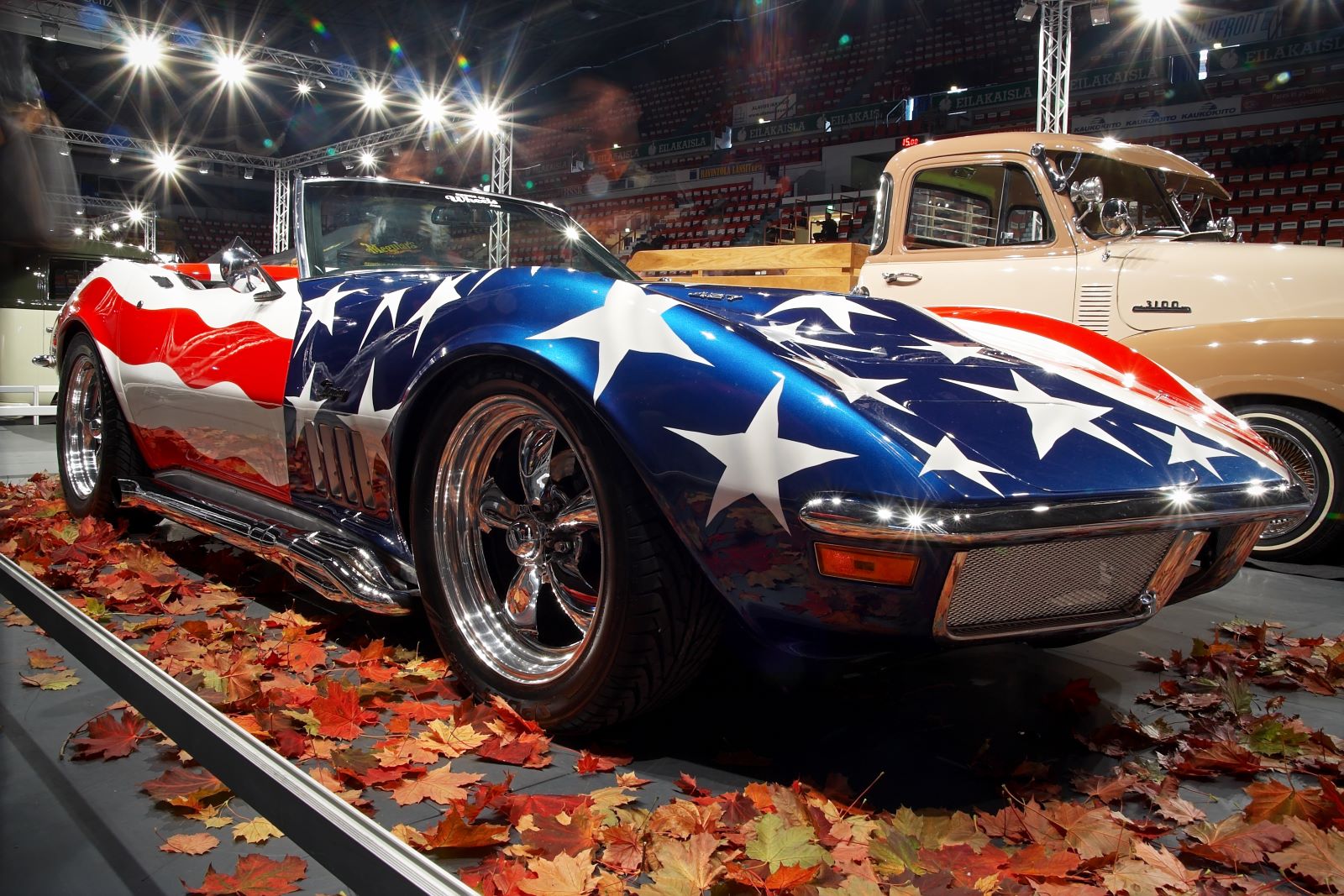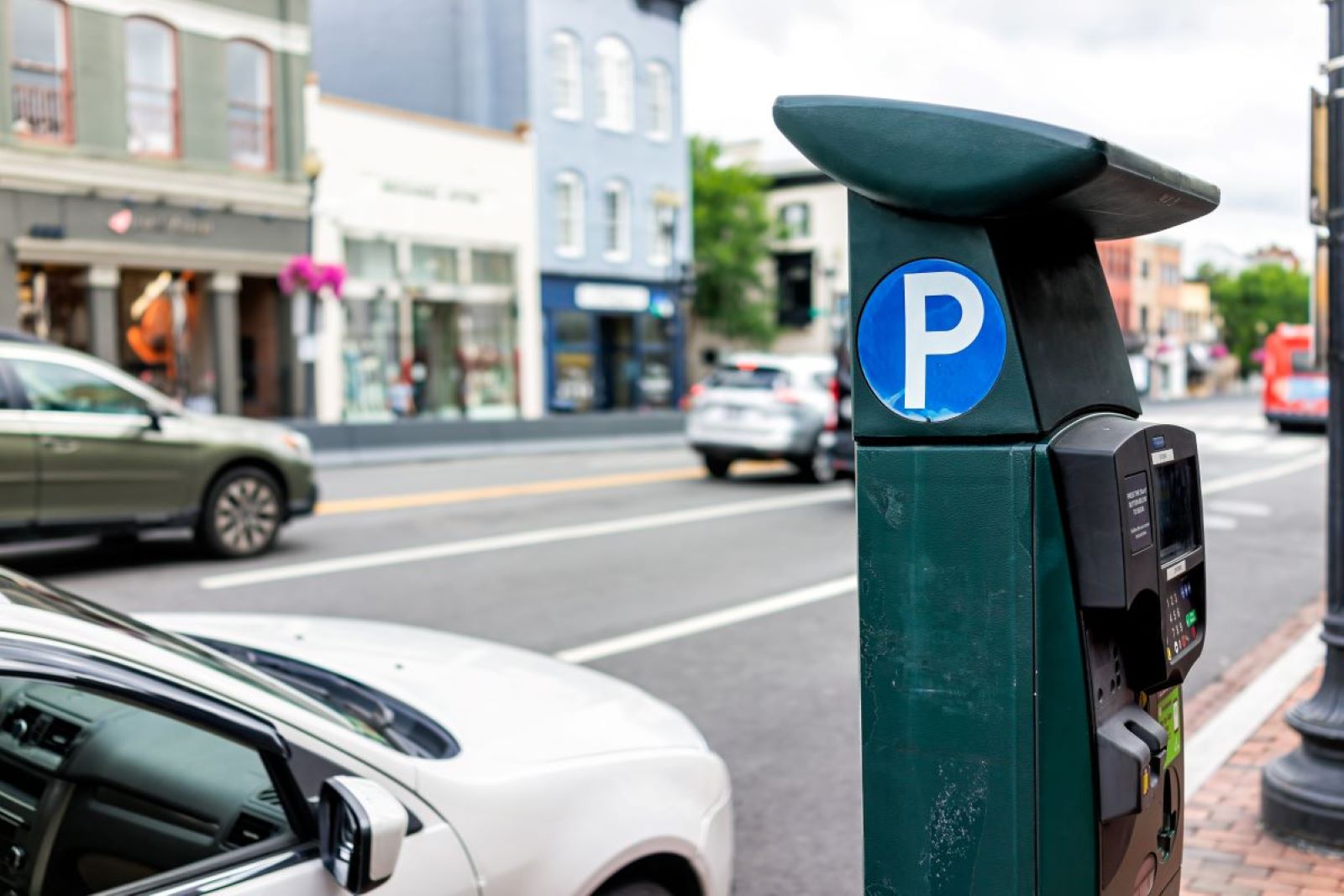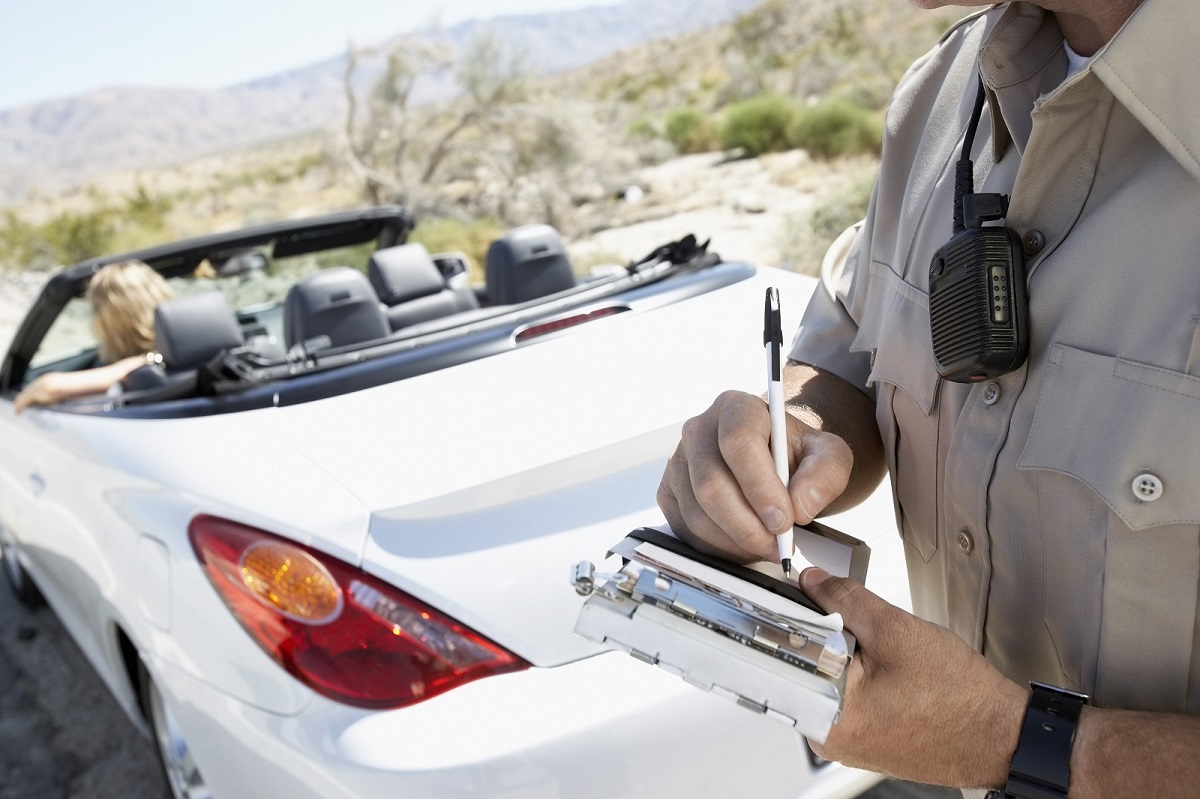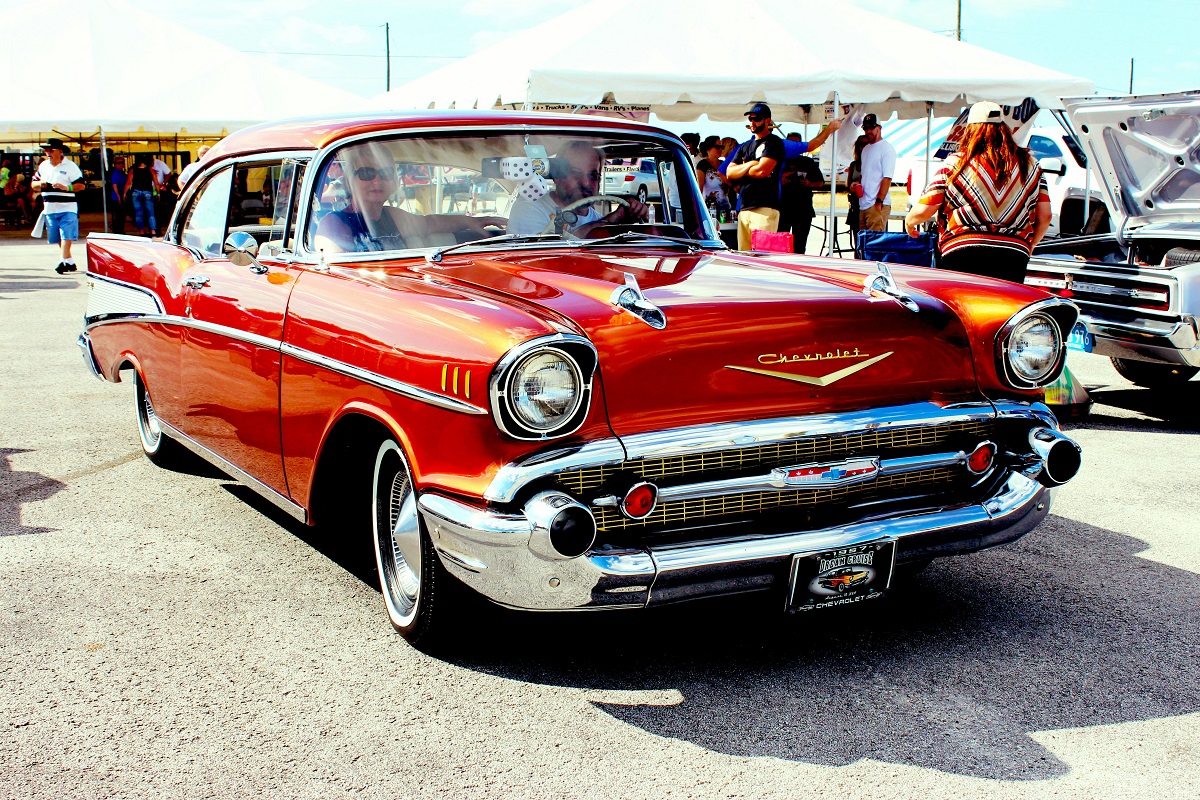If you’re falling for common car insurance myths, you’re potentially throwing money down the drain. It’s time to clear up these misconceptions and save yourself a fortune. Here’s the hard truth behind 15 prevalent car insurance myths that could be costing you.
1. Red Cars Cost More to Insure

Image Credit: Shutterstock / farinasfoto
Think that flashy red cars will skyrocket your insurance premiums? Think again. The color of your car has absolutely no impact on your insurance rates. Insurers focus on the make, model, year, and safety features of your vehicle. So, don’t let this myth steer you into paying more for a car that just happens to be red.
2. Older Cars Always Cost Less to Insure

Image Credit: Shutterstock / Tereshchenko Dmitry
It’s a common belief that older cars are cheaper to insure, but that’s not always the case. While some older cars might be less expensive to insure, others, especially those lacking modern safety features, can actually cost more. Take into account the vehicle’s safety ratings and repair costs before assuming your vintage ride will save you money.
3. Your Personal Belongings Are Covered

Image Credit: Shutterstock / mojo cp
Think your auto insurance will cover your laptop, phone, or other personal belongings inside your car? Wrong. Personal items are generally covered under your homeowners or renters insurance, not your car insurance. Make sure your valuable items are protected with the appropriate coverage.
4. Comprehensive Insurance Covers Everything

Image Credit: Shutterstock / fongbeerredhot
Comprehensive insurance might sound like it covers all your bases, but it doesn’t. It’s designed to cover non-collision incidents like theft, vandalism, or natural disasters. Mechanical breakdowns and regular wear and tear? Not covered. Understand the limitations of your coverage to avoid unexpected costs.
5. Minimum Coverage Is Enough

Image Credit: Shutterstock / PanuShot
Opting for the minimum coverage might save you money now, but it could cost you dearly later. In serious accidents, minimum coverage often falls short, leaving you exposed to substantial out-of-pocket expenses. Protect yourself from financial ruin by considering higher limits and better coverage.
6. Your Rates Stay the Same When You Move

Image Credit: Shutterstock / MYDAYcontent
Moving can have a dramatic impact on your insurance rates. Different locations have varying accident rates and state regulations, which can affect your premiums. Before you pack up and move, check how your new location will impact your insurance costs to avoid unpleasant surprises.
7. Sports Cars Are Always Expensive to Insure

Image Credit: Shutterstock / Master Robby
Sure, sports cars can be pricier to insure, but it’s not a hard and fast rule. Insurance rates for sports cars are influenced by factors like your driving history and the car’s specific model. Don’t assume every sports car will break the bank—shop around and compare rates to find the best deal.
8. Insurance Follows the Driver

Image Credit: Shutterstock / fongbeerredhot
In most states, insurance follows the car, not the driver. So, if you lend your vehicle to a friend and they get into an accident, your insurance is on the hook, not theirs. Understand the specifics of your coverage and who is protected when others drive your vehicle.
9. You Only Need the Minimum Liability Insurance

Image Credit: Shutterstock / PeopleImages.com – Yuri A
Minimum liability coverage might be legal, but it leaves you woefully underinsured in serious accidents. Higher liability limits offer better protection and can save you from financial disaster. Assess your assets and potential risks, and consider upping your coverage to avoid being caught short.
10. Your Credit Score Doesn’t Affect Your Rates

Image Credit: Shutterstock / garagestock
Surprise! Your credit score can have a significant impact on your insurance premiums. While some states like California, Hawaii, and Massachusetts ban the use of credit scores for determining rates, many others don’t. Maintain a good credit score to avoid paying more for your insurance.
11. Full Coverage Means No Out-of-Pocket Costs

Image Credit: Shutterstock / Kmpzzz
Think full coverage means you’re off the hook for any out-of-pocket expenses? Think again. Full coverage includes things like collision and comprehensive insurance but doesn’t cover deductibles or other out-of-pocket costs. Review your policy details to understand your financial responsibilities.
12. Insurance Is More Expensive for Older Drivers

Image Credit: Shutterstock / Ground Picture
While younger drivers often face higher premiums, older drivers aren’t immune to increases. Though seniors with clean driving records can benefit from discounts, insurance costs can still climb with age. Leverage age-related discounts and safe driving programs to keep your rates in check.
13. Your Premiums Automatically Decrease Over Time

Image Credit: Shutterstock / inewsfoto
Don’t expect your premiums to drop just because your car gets older. Insurance rates are influenced by numerous factors, including your claims history and location. Regularly review your policy and shop around to ensure you’re getting the best possible rates.
14. Customizing Your Car Doesn’t Affect Insurance

Image Credit: Shutterstock / Maksim Toome
Adding custom features to your car can actually raise your insurance premiums. Modifications like performance enhancements or aesthetic changes increase the risk and repair costs. Inform your insurer of any modifications to ensure you have the right coverage.
15. One Ticket Won’t Affect Your Rates

Image Credit: Shutterstock / Kristi Blokhin
Do you think that a single speeding ticket won’t impact your insurance premiums? Think again. Traffic violations can stay on your record for years and lead to increased rates. Drive safely and keep your record clean to avoid higher insurance costs.
Stay Informed, Save Big

Image Credit: Shutterstock / pathdoc
Don’t let these myths fool you into paying more for your car insurance. Stay informed, review your policy regularly, and make smart decisions to keep your premiums under control. Awareness of the truth behind these myths can save you a lot of money and keep you properly covered.
Police Magnet: 7 Cars That Guarantee You’ll Get Pulled Over

Image Credit: Shutterstock / sirtravelalot
Driving certain cars can make you more noticeable to law enforcement, even if you’re abiding by all the rules. Are you driving one of these “police magnets”? Here are seven cars that seem to attract more police attention than others. Police Magnet: 7 Cars That Guarantee You’ll Get Pulled Over
The Classic Cars That Were Total Clunkers

Image Credit: Pexels / Pixabay
Nostalgia has a funny way of making the past seem better than it was, especially when it comes to cars. But here’s the hard truth: some of those “classic” cars your dad raves about were real clunkers. Here’s a closer look at why some of those so-called “classics” weren’t all they were cracked up to be. The Classic Cars That Were Total Clunkers
The Worst U.S. Cars Ever Made: A Retro List

Image Credit: Pexels / Be The Observer
The U.S. auto industry has produced some incredible vehicles, but not every model was a hit. Here’s a look back at 16 of the worst cars ever made in the U.S., each infamous for its own unique flaws. The Worst U.S. Cars Ever Made: A Retro List
Featured Image Credit: Shutterstock / Sirikarn Rinruesee.
The content of this article is for informational purposes only and does not constitute or replace professional advice.
For transparency, this content was partly developed with AI assistance and carefully curated by an experienced editor to be informative and ensure accuracy.
The images used are for illustrative purposes only and may not represent the actual people or places mentioned in the article.



